Your Cat’s Ears Perk Up in Recognition
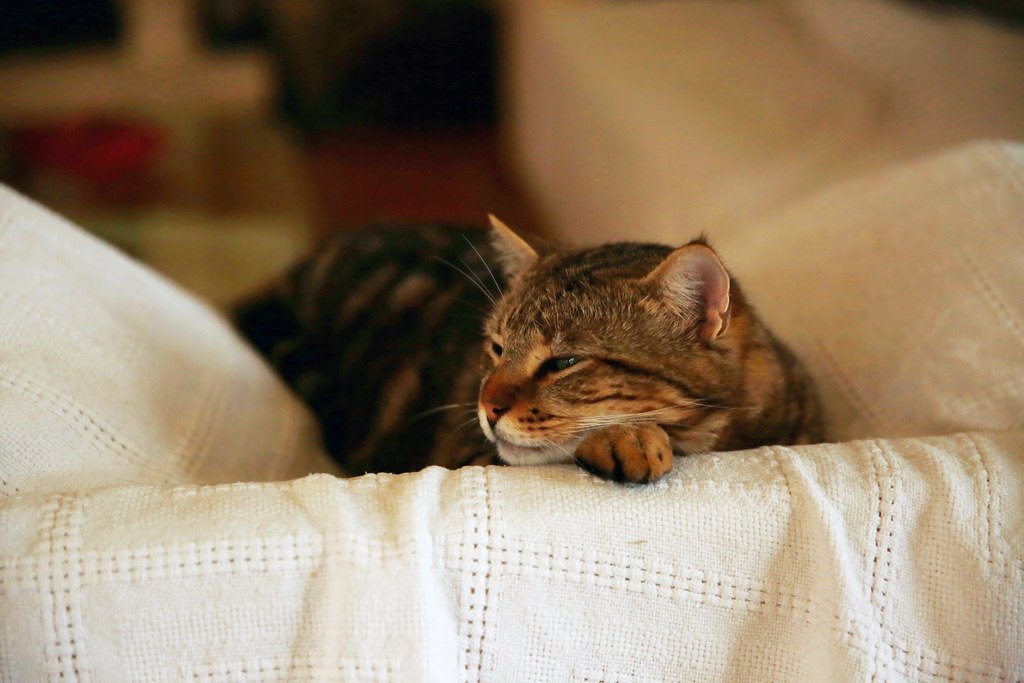
The moment you start speaking to your cat in full sentences, those triangular ears rotate like tiny satellite dishes. Your feline friend isn’t just hearing noise – they’re actively processing the tone, rhythm, and familiar sounds of your voice. Cats can distinguish between different human voices and recognize when their favorite person is speaking directly to them. This immediate ear response shows they’re paying attention, even if they pretend otherwise. Watch closely and you’ll notice one ear might stay focused on you while the other monitors the environment.
They Respond with Their Own “Conversation”
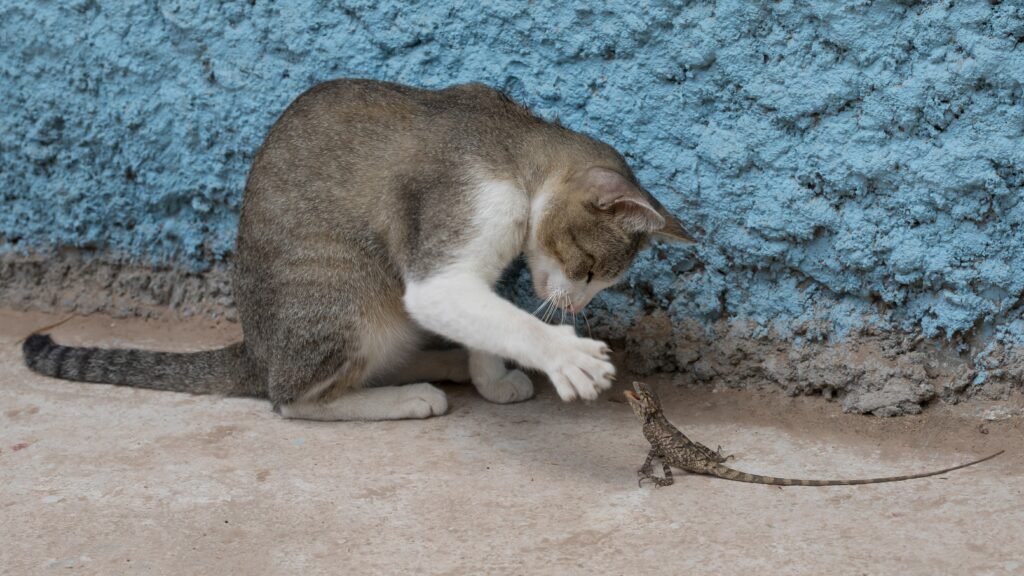
Many cats will actually “talk back” when you speak to them like humans. This isn’t coincidence – it’s learned behavior from living with chatty humans. Some cats develop quite extensive vocabularies of meows, chirps, and trills specifically for human conversation. Siamese and Oriental breeds are particularly known for their vocal responses to human speech. Your cat might even time their meows to match the pauses in your sentences, creating what feels like a genuine back-and-forth dialogue.
Their Pupils Dilate with Interest
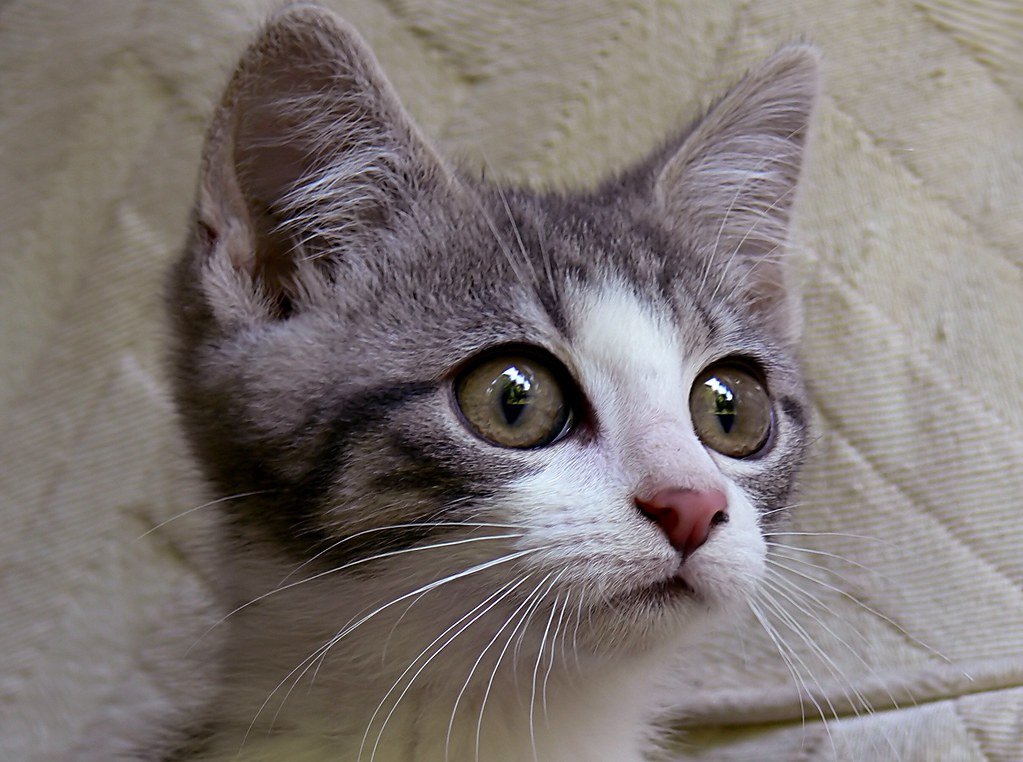
When you engage your cat in human-like conversation, their eyes often show increased interest through dilated pupils. This physiological response indicates heightened attention and emotional engagement with what you’re saying. The dilation isn’t from fear or aggression – it’s from excitement and focus. You might notice this happens more when you use an animated, storytelling voice rather than monotone speech. It’s like watching your cat’s brain switch into “active listening” mode.
Slow Blinking Becomes More Frequent

Cats often increase their slow blinking when you speak to them conversationally. These deliberate, sleepy-looking blinks are actually “cat kisses” – a sign of trust and affection. When you talk to your cat like a human, you’re creating an intimate social moment that triggers this loving response. Many cats will slow blink in rhythm with your speech patterns. Try slow blinking back at your cat while talking – you’ll often get an immediate slow blink in return, strengthening your bond.
Their Tail Tells the Whole Story
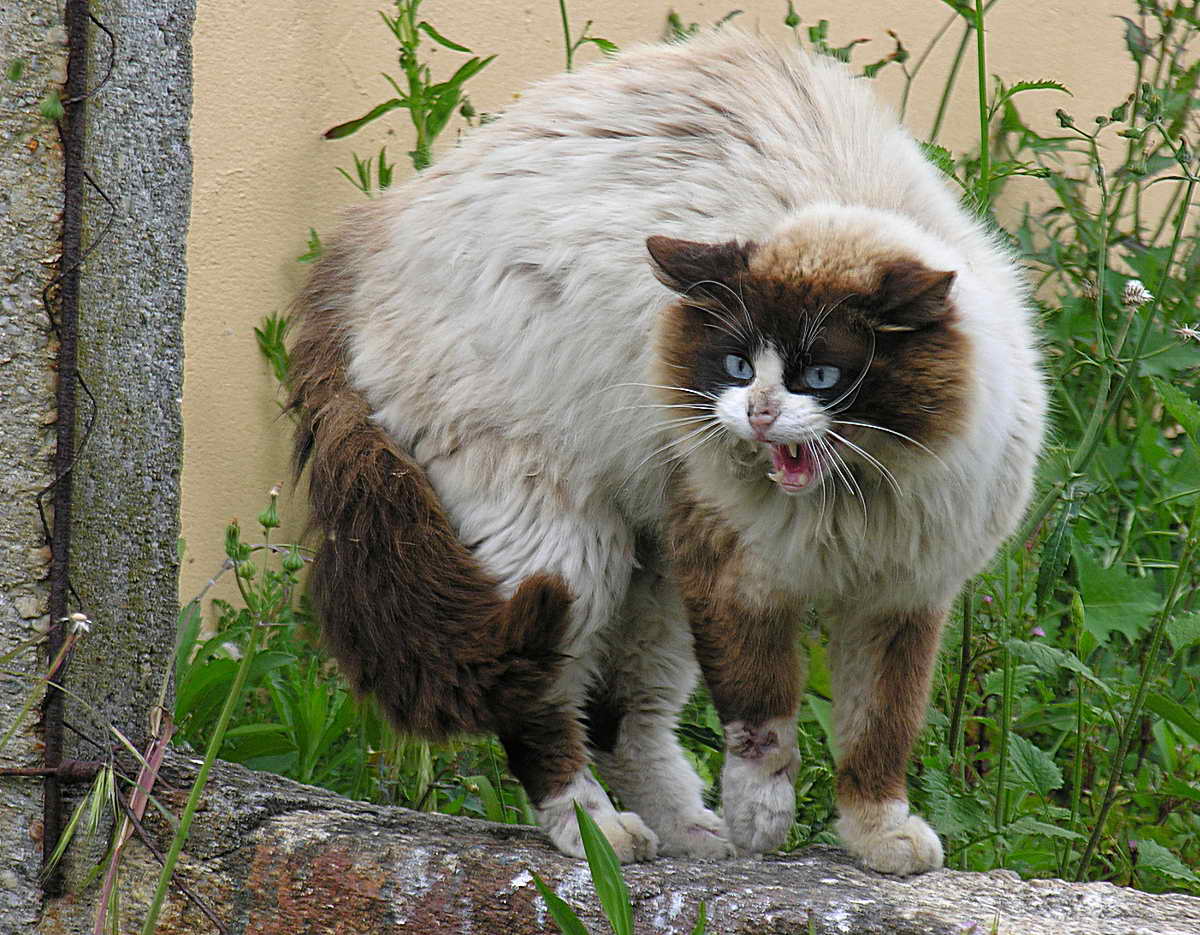
A cat’s tail becomes incredibly expressive during human conversation. You’ll see gentle swishing, upright positioning, or even the classic “question mark” curve that signals curiosity and engagement. The tail movements often sync with the emotional tone of your voice – excited talk might cause quick flicks, while gentle conversation leads to slow, rhythmic movements. Some cats even wrap their tails around themselves while listening, like they’re getting comfortable for a long chat. Pay attention to tail position; it’s your cat’s mood ring.
Head Tilting Shows Deep Concentration

Just like dogs, cats will tilt their heads when trying to understand human speech. This adorable gesture indicates your cat is actively processing not just the sounds, but the meaning behind your words. The head tilt helps them better locate and focus on the source of interesting sounds. You’ll notice this happens more with cats who are particularly bonded to their humans. It’s their way of saying, “I’m really trying to understand what you’re telling me right now.”
Purring Intensifies During Emotional Moments
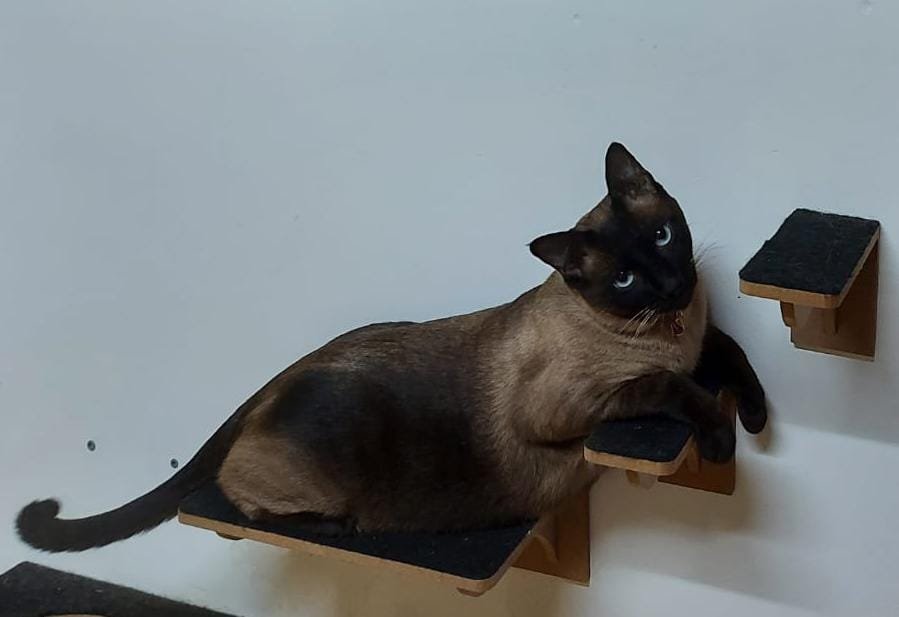
When you share stories or speak emotionally to your cat, their purring often becomes deeper and more consistent. This isn’t just contentment – it’s emotional resonance with your voice and energy. Cats are incredibly sensitive to human emotions and will often purr more when they sense you need comfort. The vibrations actually have therapeutic benefits for both you and your cat. Some cats even adjust their purr frequency based on your emotional state, creating a natural stress-relief session.
They Start Following You Around More
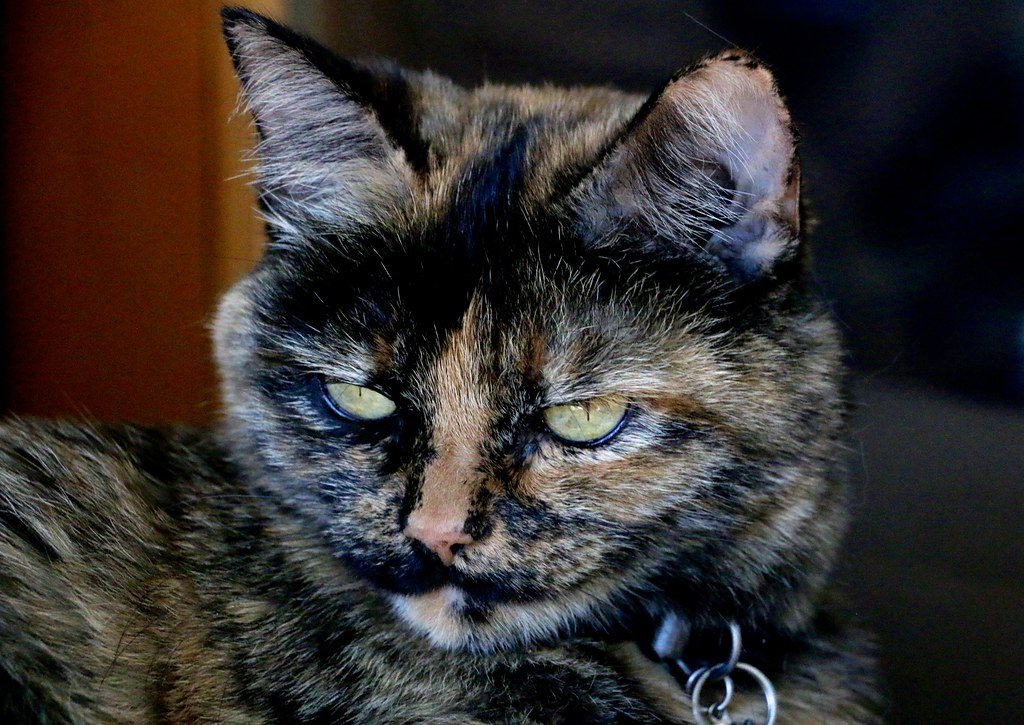
Cats who receive regular human conversation often become more social and clingy in the best way. They begin to associate your voice with positive attention and will seek out these interactions. You might find your cat appearing whenever you start talking on the phone or having conversations with others. They’ve learned that human speech equals engagement and don’t want to miss out. This following behavior is particularly strong in cats who’ve been “talked to” since kittenhood.
Kneading Behavior Increases

Many cats will start kneading with their paws when you speak to them in conversational tones. This throwback to nursing behavior indicates extreme comfort and happiness with the interaction. The rhythmic pressing of paws often matches the cadence of your speech. Some cats will knead the air, your lap, or nearby soft surfaces while you talk. It’s like they’re so relaxed by your voice that they revert to their most comforting kitten behaviors.
They Begin Vocalizing in Different Pitches
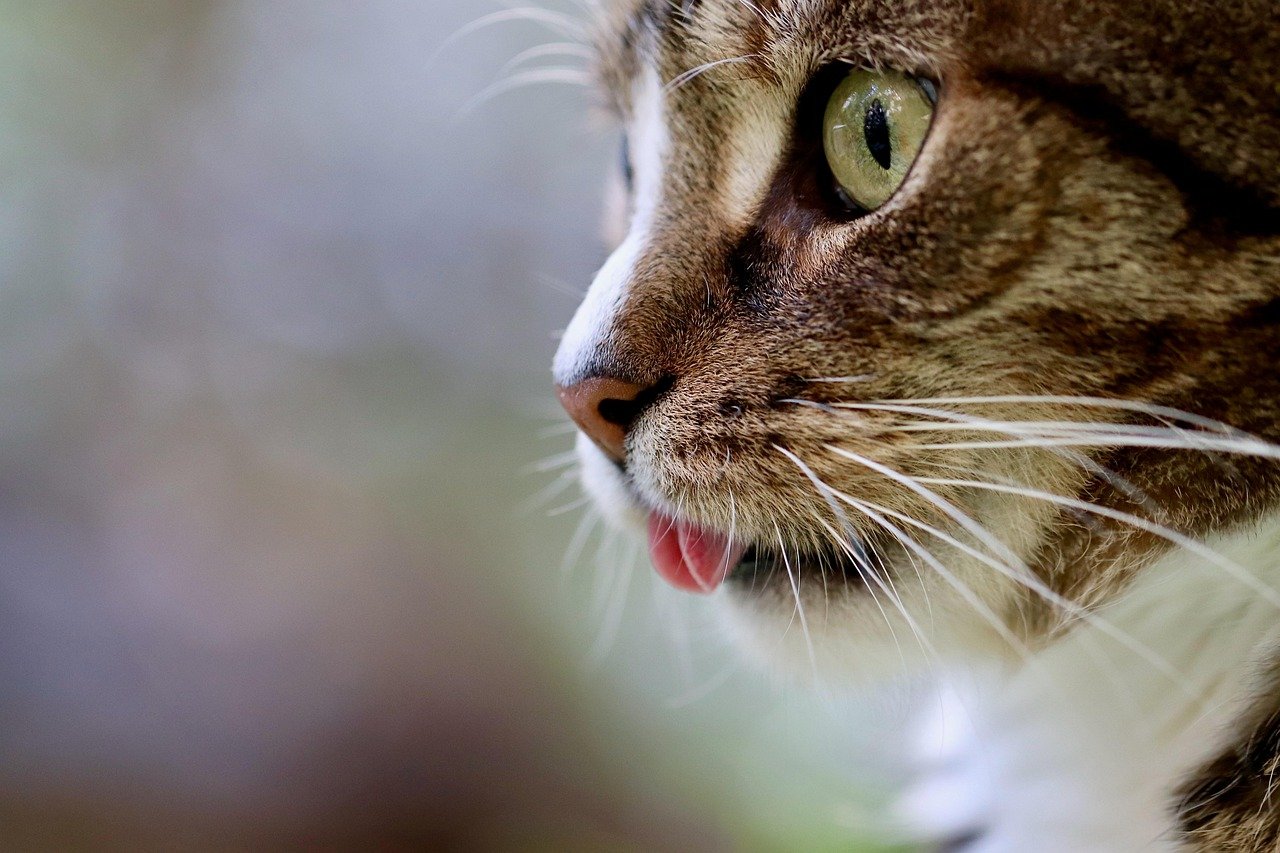
Cats who regularly engage in “human conversation” often develop a wider range of vocalizations. They’ll experiment with different meow pitches, almost like they’re trying to match human speech patterns. Some cats develop specific sounds for different types of conversations – excited chirps for happy talk, soft trills for intimate moments. This vocal flexibility shows they’re actively trying to communicate more effectively with their human family. It’s remarkable how adaptable cat communication can be.
Physical Contact Seeking Increases

Speaking to your cat like a human often triggers increased desire for physical closeness. They might move closer, brush against you, or position themselves where they can maintain eye contact while you talk. This behavior shows they’re treating the conversation as a bonding activity. Many cats will even reach out with their paws to touch you while you’re speaking. It’s their way of maintaining connection during your “important discussion.”
They Develop Specific Response Patterns
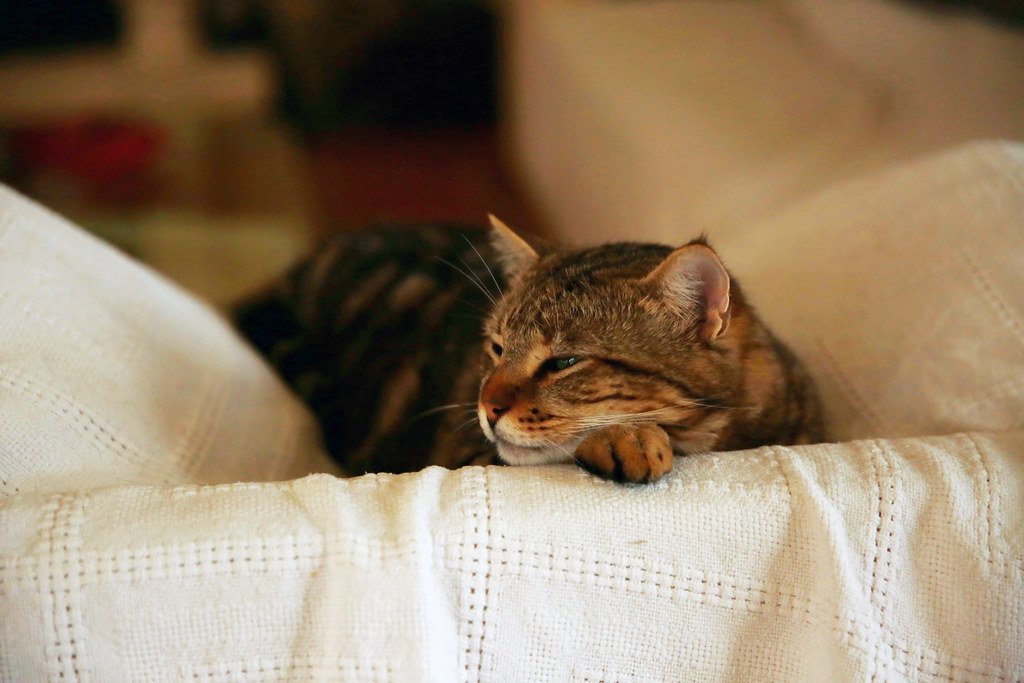
Over time, cats create predictable response patterns to human conversation. They might always meow after you finish speaking, or consistently perform certain behaviors during your talks. Some cats develop “conversation schedules” and will seek you out at specific times for their daily chat session. These patterns show your cat has learned to value and anticipate these interactions. They’re essentially training you to be a better conversation partner from their perspective.
Memory and Recognition Improve

Cats who are regularly spoken to like humans often show improved memory for human routines and preferences. They become more attuned to specific words, names, and phrases that matter to them. Some cats learn to recognize their own name versus other family members’ names when mentioned in conversation. This enhanced recognition extends to understanding context – they might react differently to happy news versus sad stories. Their cognitive engagement with human speech patterns actually sharpens their overall awareness.
Stress Levels Decrease Noticeably
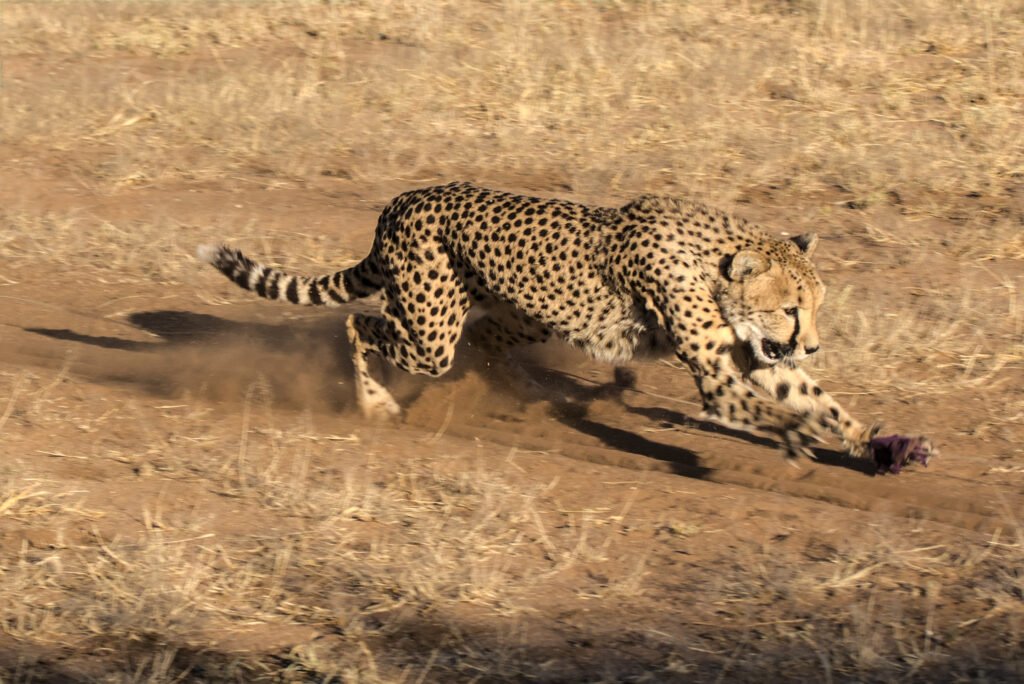
Regular human conversation has a calming effect on many cats, reducing overall anxiety and stress behaviors. Cats who receive consistent verbal attention often show fewer destructive behaviors and seem more emotionally balanced. The predictable social interaction provides security and routine that anxious cats especially benefit from. Some veterinarians even recommend increased talking to cats as part of behavioral therapy. Your voice becomes a source of comfort and stability in your cat’s world.
They Start “Eavesdropping” on Human Conversations
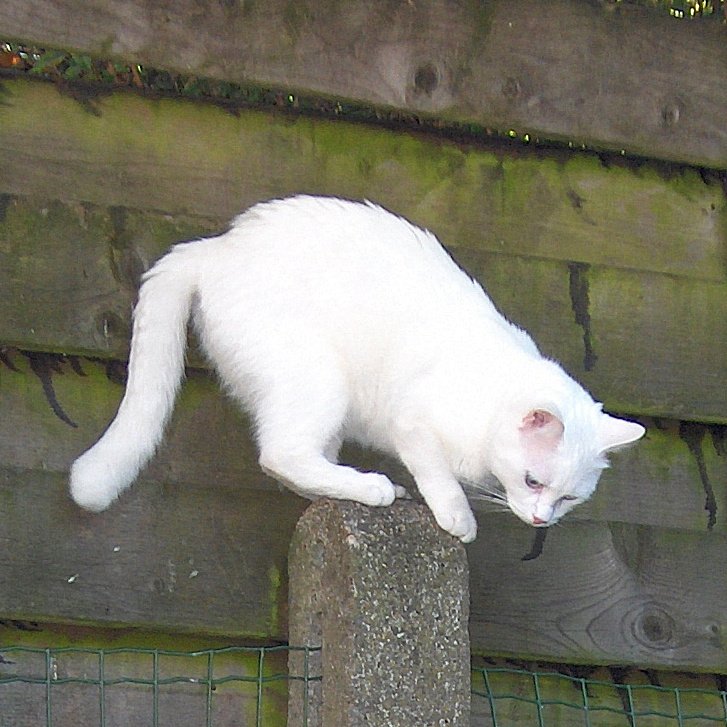
Cats who are accustomed to being included in human conversation often become expert eavesdroppers. They’ll position themselves within earshot of family discussions, phone calls, or visitor conversations. You might notice your cat appearing whenever voices get animated or emotional. They’ve learned that human speech often leads to interesting developments or attention opportunities. Some cats even seem to have favorite types of conversations – appearing for gossip sessions but ignoring work calls.
The next time you catch yourself having a full conversation with your cat, remember you’re not just being silly – you’re creating a deeper bond and enriching both your lives. Your feline friend might not understand every word, but they’re absolutely understanding the love, attention, and respect behind your willingness to include them in your human world. Isn’t it amazing how much our cats are really listening?
Hi, I’m Bola, a passionate writer and creative strategist with a knack for crafting compelling content that educates, inspires, and connects. Over the years, I’ve honed my skills across various writing fields, including content creation, copywriting, online course development, and video scriptwriting.
When I’m not at my desk, you’ll find me exploring new ideas, reading books, or brainstorming creative ways to solve challenges. I believe that words have the power to transform, and I’m here to help you leverage that power for success.
Thanks for stopping by, Keep coming to this website to checkout new articles form me. You’d always love it!






